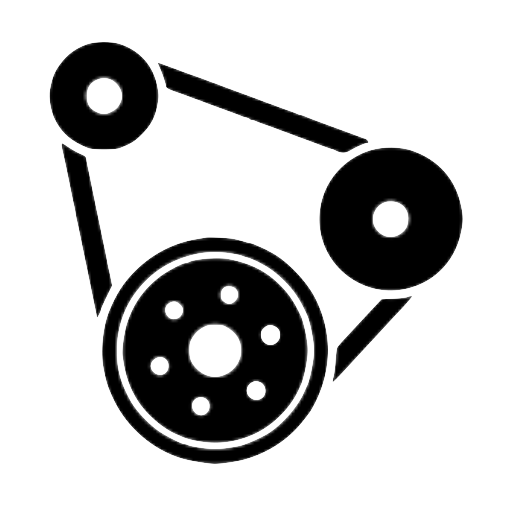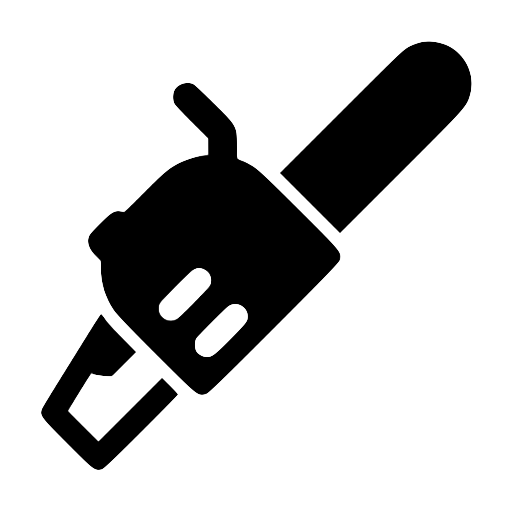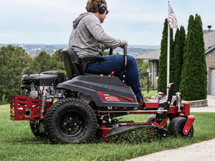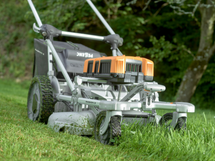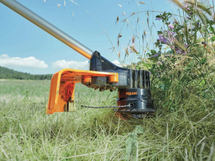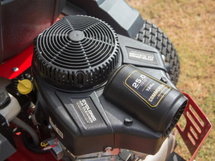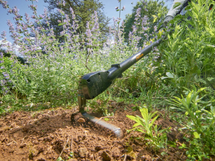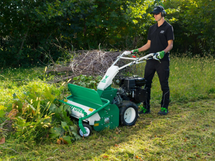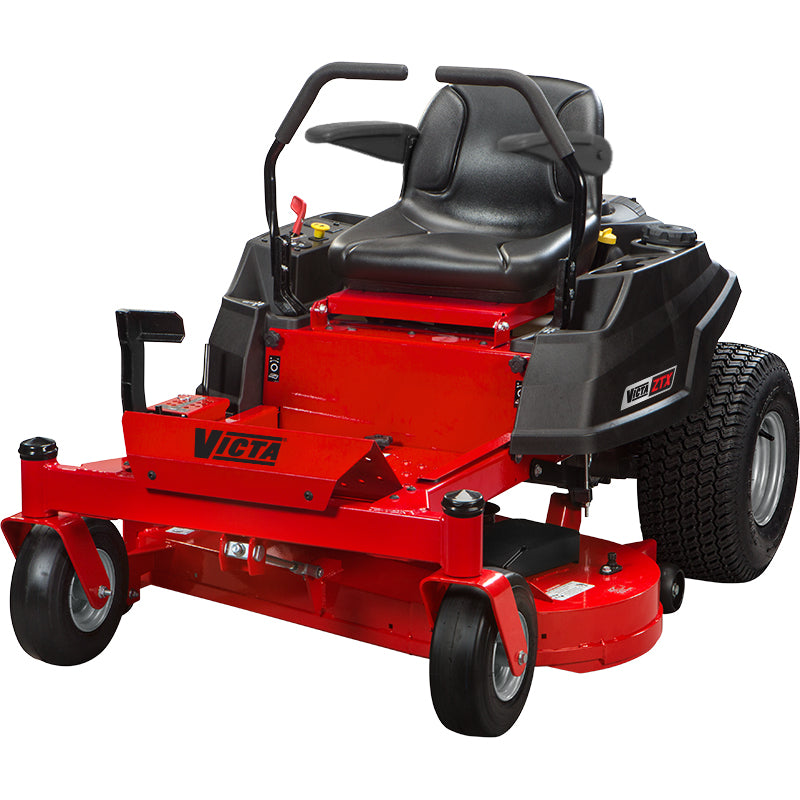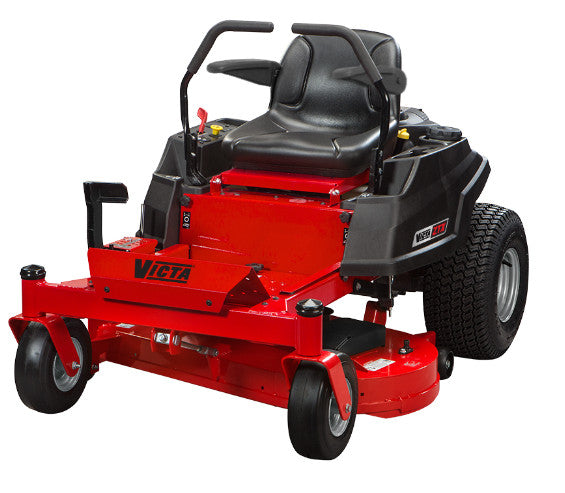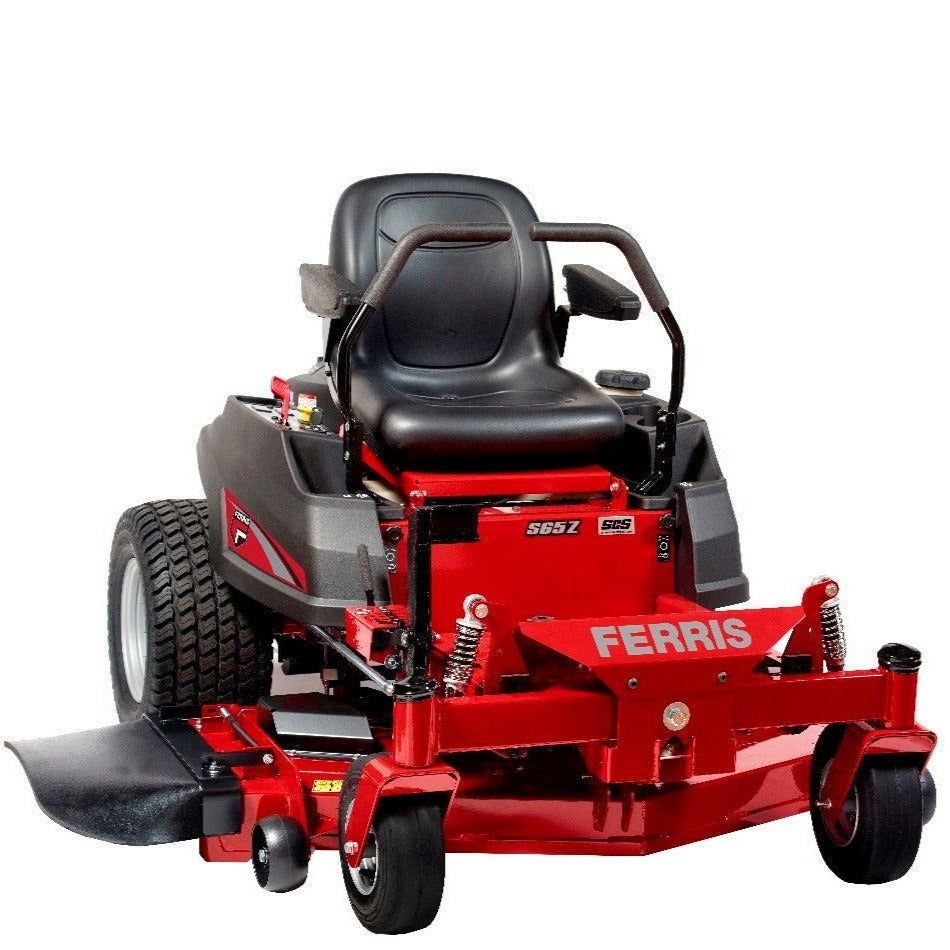SINCE 1968
THE BETTER BUYING EXPERIENCE
Discover an unmatched shopping experience at PowerMowers for your next lawn mower acquisition. Our team comprises seasoned mower experts committed to providing expert assistance without the pushy sales tactics. Rather than steering you towards the largest mower in the store, our aim is to guide you to the right equipment for your property. We go the extra mile by assembling and prepping your mower and offering comprehensive training on its usage. With an extensive inventory of thousands of parts and a team of skilled technicians on hand, we ensure swift and efficient service for your equipment when you need.
SERVICE BEYOND PURCHASE
In an industry where many competitors make claims about customer focus, we distinguish ourselves by translating those claims into clear actions. Our secrete demands swift service turnaround times and maintaining an extensive product inventory. We don't just sell lawnmowers; we offer a comprehensive solution backed by a team that's dedicated to your satisfaction.
When you choose PowerMowers, you're not just getting a piece of equipment; you're gaining access to a team that's ready to go the extra mile for you.
FLEXIBLE FINANCING SOLUTIONS
To suit your diverse needs, our select manufacturers offer an array of financing options. For further details, kindly consult with a store associate.
EFFICIENT TIME MANAGEMENT
Today's mowers are designed with time-saving features in mind. Whether it's the unrivalled time efficiency of Zero Turn mowers or the remarkably tight turning radius of traditional riding mowers, our range grants you the luxury of more time for the important aspects of your life.


